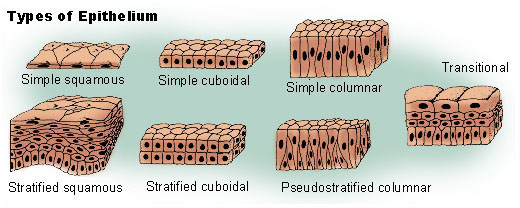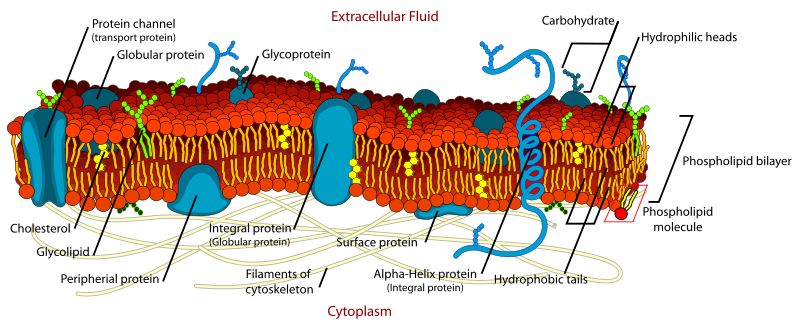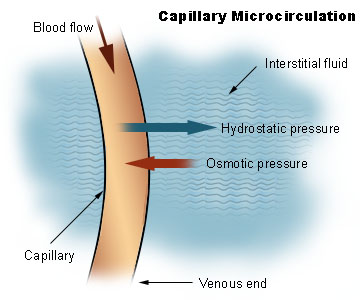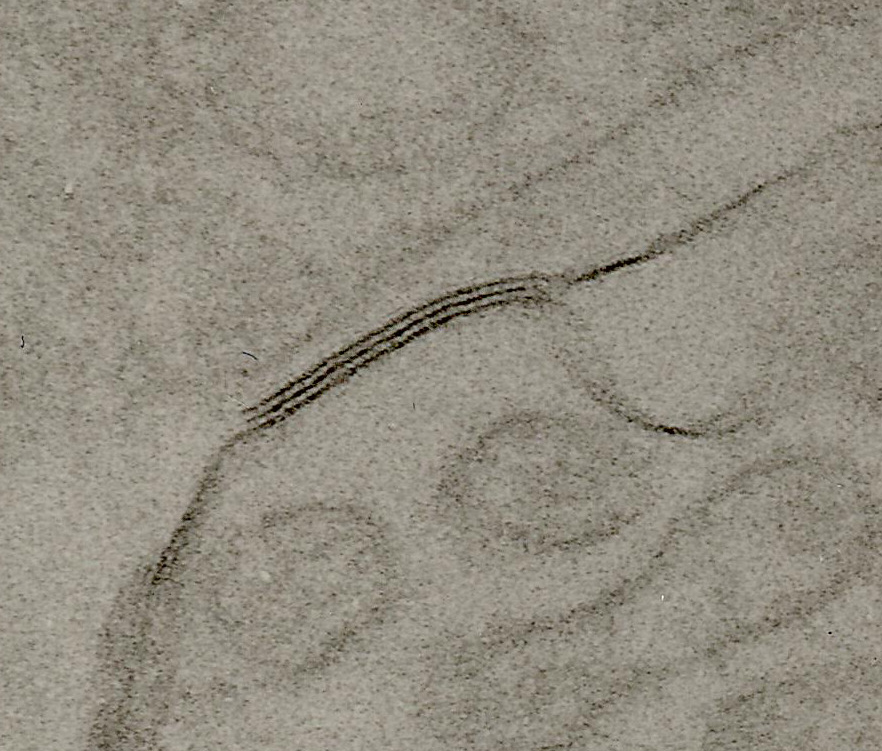Intercellular space
Editor-In-Chief: Henry A. Hoff
Cells are the fundamental units of all known living organisms. Humans have an estimated 100 trillion or 1014 cells; a typical cell size is 10 µm; a typical cell mass is 1 ng.

A space located or occurring between cells is often referred to as an intercellular space. When the space is passing a cell, or cell membrane or situated beside or between cells the term paracellular space is usually used. Epithelial cells are packed tightly together, with almost no intercellular spaces and only a small amount of intercellular substance.

An intercellular space probably can be reduced to that remaining as one membrane physically touches that of its neighboring cell. But, often cells express transmembrane proteins.

In order for such transmembrane proteins to function some separation distance between cell membranes must be maintained.
Intercellular fluid
Intercellular fluid is composed of water and small soluable molecules. Glucose, oxygen and amino acids diffuse into the spaces around the cells from the capillaries. Plasma leaves the capillaries and flows into the spaces between the cells of the tissues to be part of the fluid that surrounds cells in tissues.
Capillaries
Capillaries measure 5-10 μm in diameter and enable the interchange of water, oxygen, carbon dioxide, and many other nutrient and waste chemical substances between blood and surrounding tissues.[1] True capillaries branch mainly from metarterioles and provide exchange between cells and the circulation. The internal diameter of 8 μm forces the red blood cells to partially fold into bullet-like shapes and to go into single file in order for them to pass through. Continuous capillaries have a sealed endothelium and only allow small molecules, like water and ions to diffuse. There are those with numerous transport vesicles and tight junctions and those with few vesicles and tight junctions. Fenestrated capillaries (derived from "fenestra," the Latin word for "window") have pores in the endothelial cells (60-80 nm in diameter) that are spanned by a diaphragm of radially oriented fibrils and allow small molecules [2][3] and limited amounts of protein to diffuse. Sinusoidal or discontinuous capillaries are special fenestrated capillaries that have larger openings (30-40 μm in diameter) in the endothelium to allow [[red blood cell]s and serum proteins to enter.
Interstitial fluid

Interstitial fluid (or tissue fluid) is a solution which bathes and surrounds the cells of multicellular animals. It is the main component of the extracellular fluid, which also includes plasma and transcellular fluid. The interstitial fluid is found in the interstitial spaces, also known as the tissue spaces.
Tight junctions

The paracellular space in the TEM image appears to be <5 nm.
Gap junctions

In a gap junction the intercellular space is reduced from 25nm to a ~2-4 nm wide paracellular space.
References
- ↑ Maton Anthea, Hopkins Jean , McLaughlin Charles William, Johnson Susan, Warner Maryanna Quon, LaHart David, Wright Jill D (1993). Human Biology and Health. Englewood Cliffs, New Jersey: Prentice Hall. ISBN 0-13-981176-1.
- ↑ Template:22401lba
- ↑ Pavelka, Margit; Jürgen Roth (2005). Functional Ultrastructure: An Atlas of Tissue Biology and Pathology. Springer. p. 232.